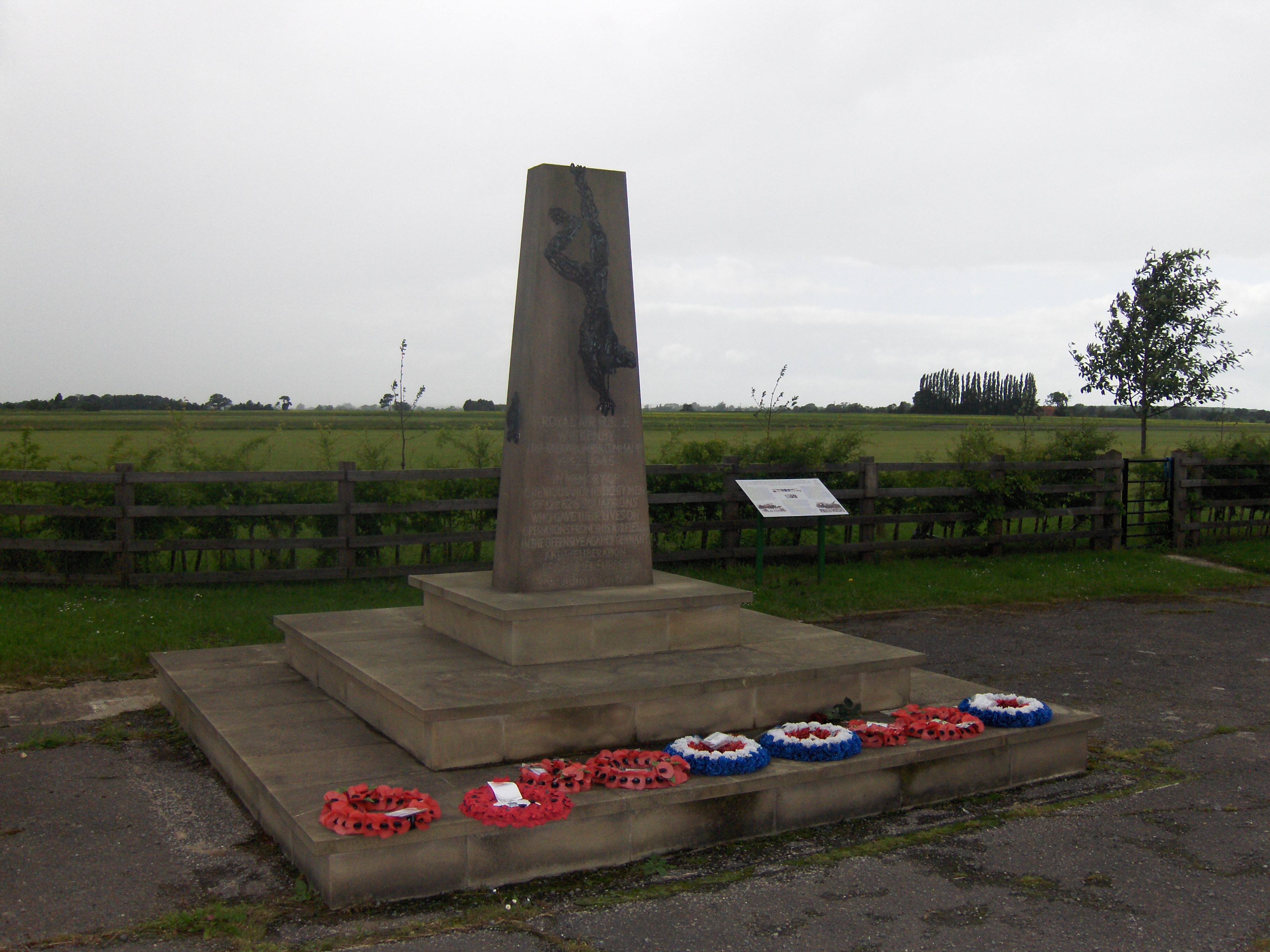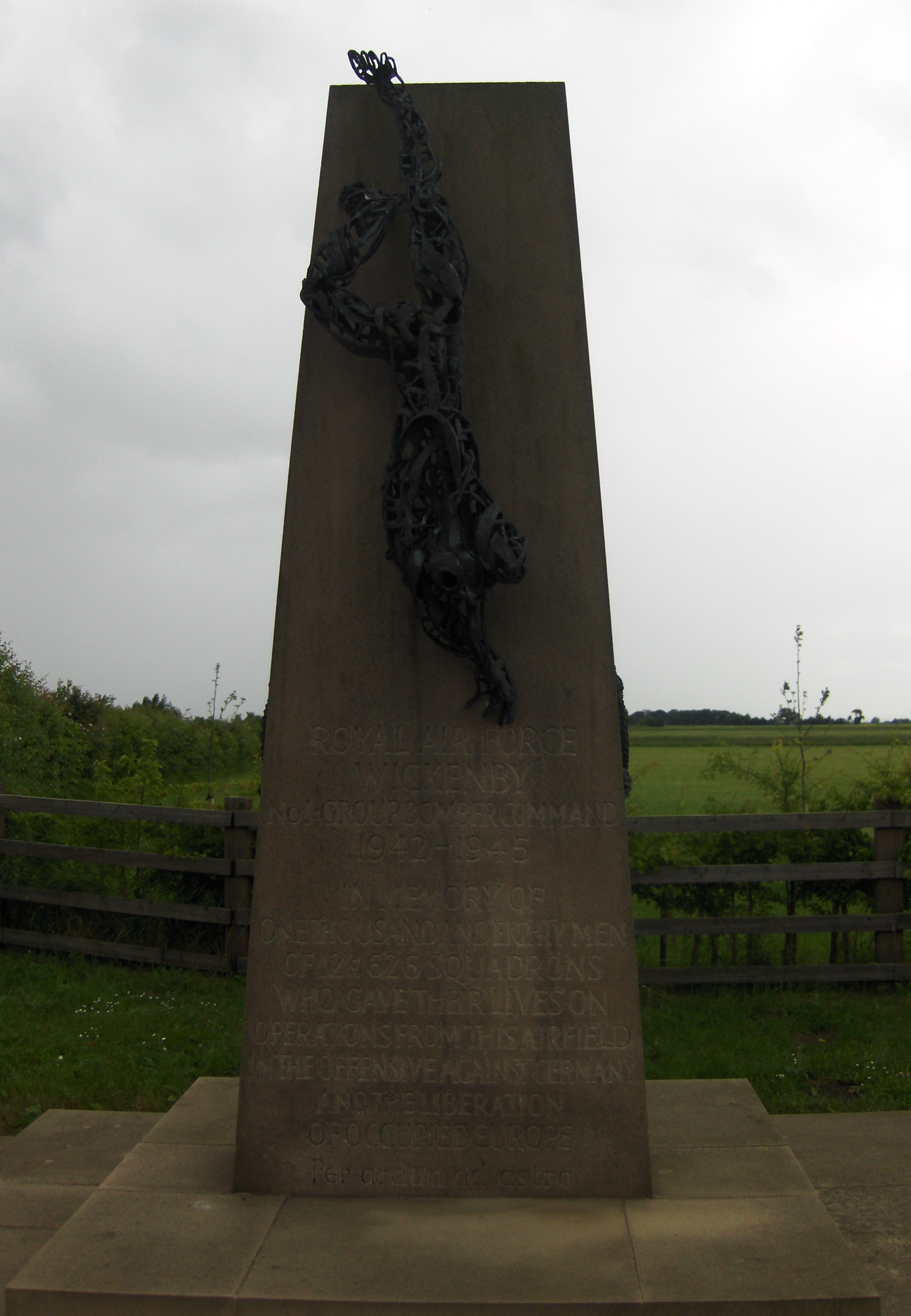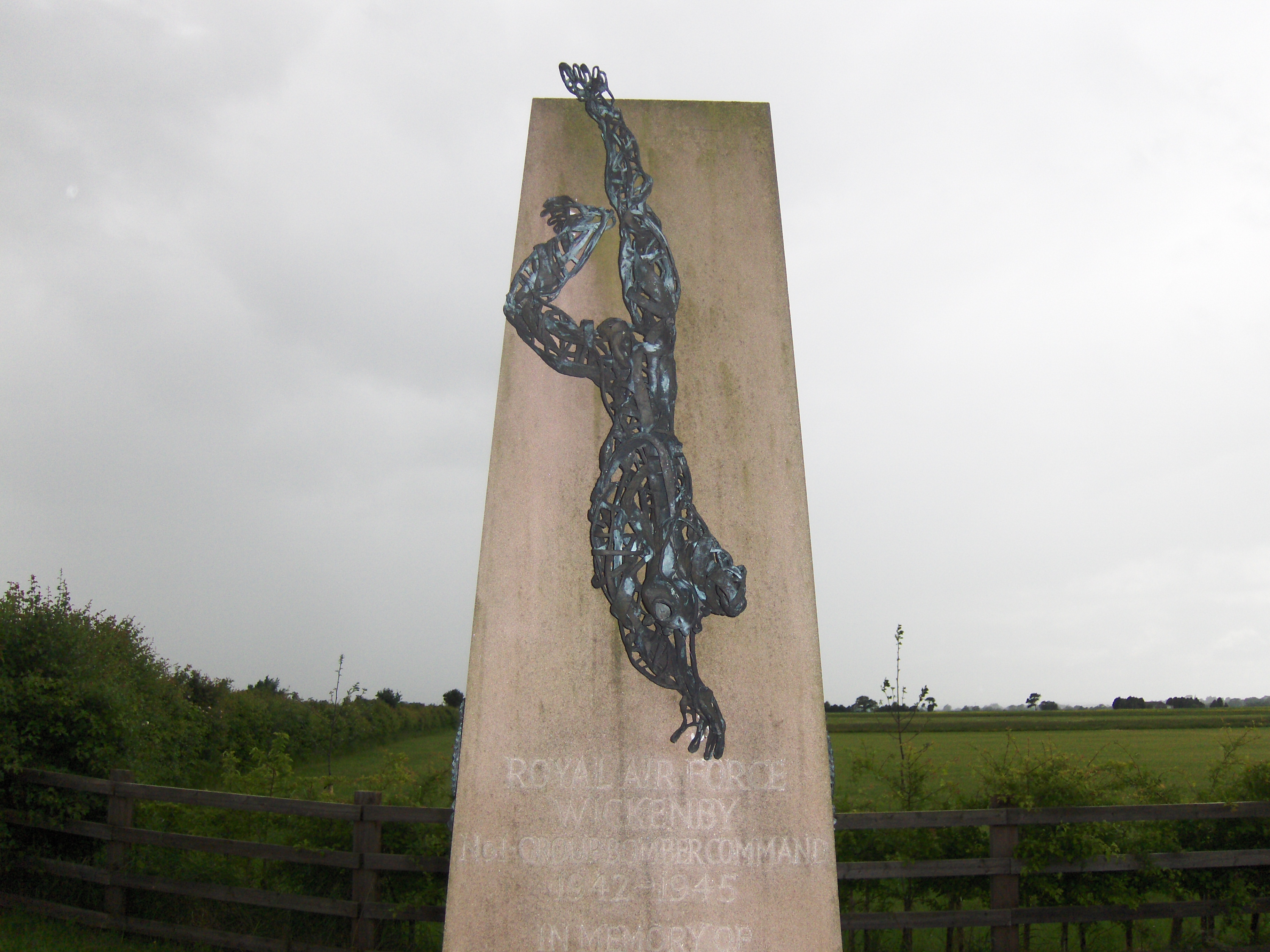Wood, George Arthur
Personal Information
| Rank | P/O |
| Forename(s) | George Arthur |
| Surname | Wood |
| Gender | M |
| Age | 19 |
| Decorations | |
| Date of Death | 07-02-1945 |
| Next of Kin | Adopted son of Stanley Harold Wood, and of Nora S. Wood (née Sears), of Hartford, Connecticut, U.S.A. |
Aircraft Information
| Aircraft | Avro Lancaster I |
| Serial Number | NF925 |
| Markings | PH-T |
Memorial Information
| Burial/Memorial Country | Netherlands |
| Burial/Memorial Place | Groesbeek Canadian War Cemetery |
| Grave Reference | XVII. A. 10. |
| Epitaph | THE LORD GIVETH AND THE LORD TAKETH AWAY |
IBCC Memorial Information
| Phase | 1 |
| Panel Number | 118 |
Enlistment Information
| Service Number | J/94668 |
| Service | Royal Canadian Air Force |
| Group | 1 |
| Squadron | 12 |
| Trade | Air Gunner |
| Country of Origin | United States of America |
Other Memorials
| Location | Wickenby Airfield, Wickenby, Lincolnshire |
| Country | United Kingdom |
| Memorial Type | Inscribed Stone Memorial with Sculpture of Icarus & Information Board |
| Memorial Text | Royal Air Force Wickenby No1 Group Bomber Command 1942-1945 In memory of one thousand and eighty men of 12 & 626 Squadrons who gave their lives on operations from this airfieldin the offensive against Germany and the liberation of occupied Europe Per ardu |
Miscellaneous Information
| George was born at Fredericton, New Brunswick on 1 December 1925. His adoptive father was born in Nova Scotia and was engaged in defence work and his adoptive mother was born in Seven Oaks, Kent, England. He was adopted when five months old. The schools he attended were Sippican School, 1931-1940, and Tabor Academy 1940-1943, both in the Marion area of Massachusetts. For sport he enjoyed playing baseball, basketball, soccer and (American) football. George worked at Lakefield Sanatorium, USA as an assistant for three months in the summer of 1941, for A. W. Winters as a labourer and then as a truck helper for Canada Dry Ginger Ale in 1942, at nights. |
| He enlisted on 4 September 1943 and after training was posted to the U.K., embarking from Halifax on 25 May 1944 he arrived at 3 RCAF(PRC) on 2 June 1944 and continued to 83 OTU 20 June 1944, 11 Base 10 September 1944, 12 Squadron 30 October 1944. Sadly George was to lose his life on 7 February 1945. |
Commonwealth War Graves Commission
The National Archives
| Record of Events (Operational Record Book) AIR 27/169/4 |
| Summary of Events (Operational Record Book) AIR 27/169/3 |
Fellow Servicemen
Last Operation Information
| Start Date | 07-02-1945 |
| End Date | 08-02-1945 |
| Takeoff Station | Wickenby |
| Day/Night Raid | Night (26% moon) |
| Operation | Kleve |
| Reason for Loss | Crashed at Nistelrode (Noord- Brabant), a small community midway between Oss and Uden. |




